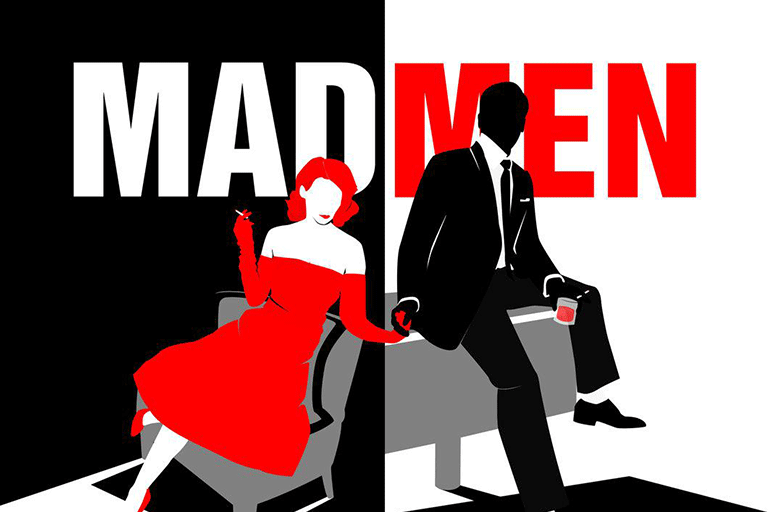
Every scene needs conflict. To enhance conflict or to make a scene more visually interesting if there’s little conflict, use contrast. Contrast makes everything appear more visible such as white letters against a black background or red letters against a white background.
In the world of graphic design, contrast appears through creating light and dark colors. In the world of storytelling, contrast appears through creating interesting environments for a scene to occur.
In “Blood Simple” there’s a simple scene where two people are talking to each other. They’re not necessarily fighting but they do have different goals. However, to make this scene more visually interesting, it takes place in a strip club so while the two characters talk, a woman’s bare legs are visible with bits of her clothes falling to the ground by her feet.
That’s an example of contrast. Any scene that takes place between two characters who do nothing but talk risks becoming nothing more than a simple talking head scene, which is visually boring. Whenever two characters have to talk to each other, it’s far better to think of an interesting background to put them in.
In “Green Book,” a white man is hired to drive a black musician around the Deep South. Much of the story takes place in the car, which creates a talking head scene. In a later scene, they two men are talking while sitting at a picnic table at a take-out, fast food restaurant.
Having the two men talk outside contrasts with the other scenes where the two men are talking while inside the confines of the car. Contrast always makes a scene more interesting no matter how that contrast occurs.
You can make a scene take place in a wildly different background such as a strip club in “Blood Simple. You can make a scene contrast with previous scenes such as the open picnic table scene in “Green Book” that contrasts with the closed car scenes earlier.
However you create contrast, always think of ways to make your scenes take place in a setting that’s more visually interesting than just a random location. There should never be a decision in your story chosen randomly or by chance. Every decision should be deliberate for a purpose.
Deliberate choices will make a stronger story every time.
